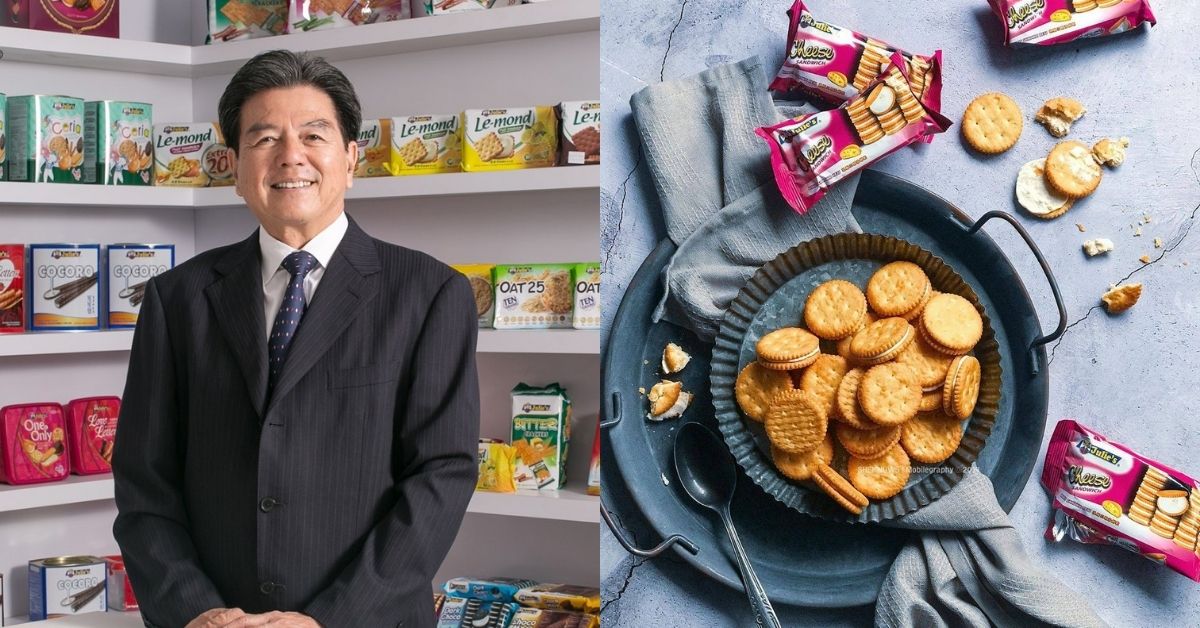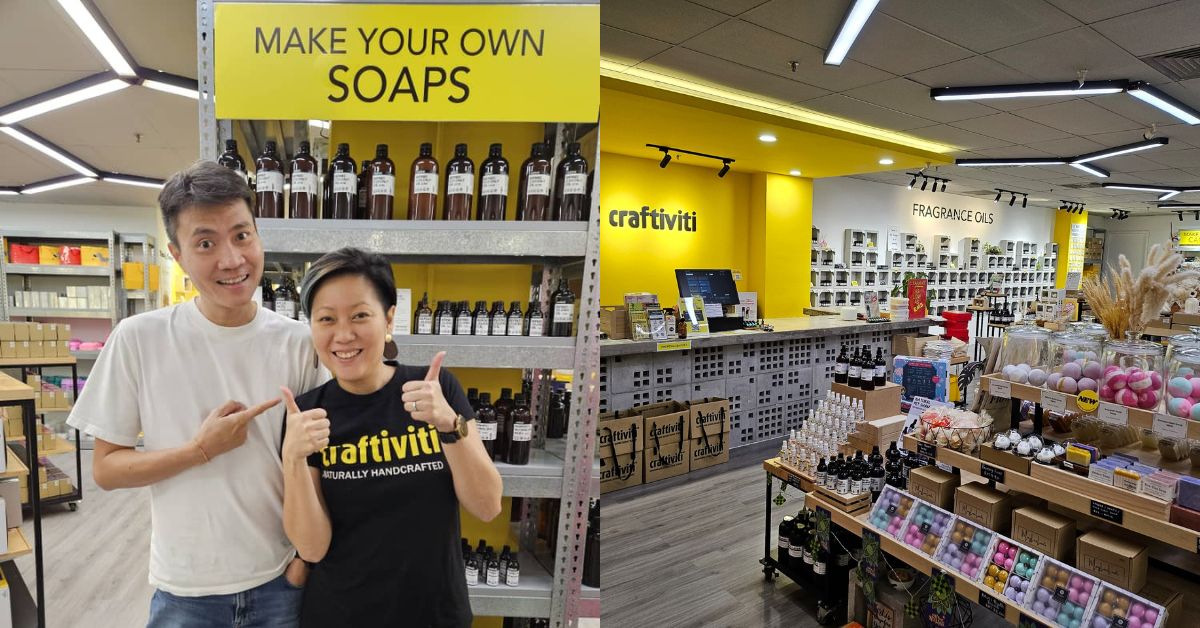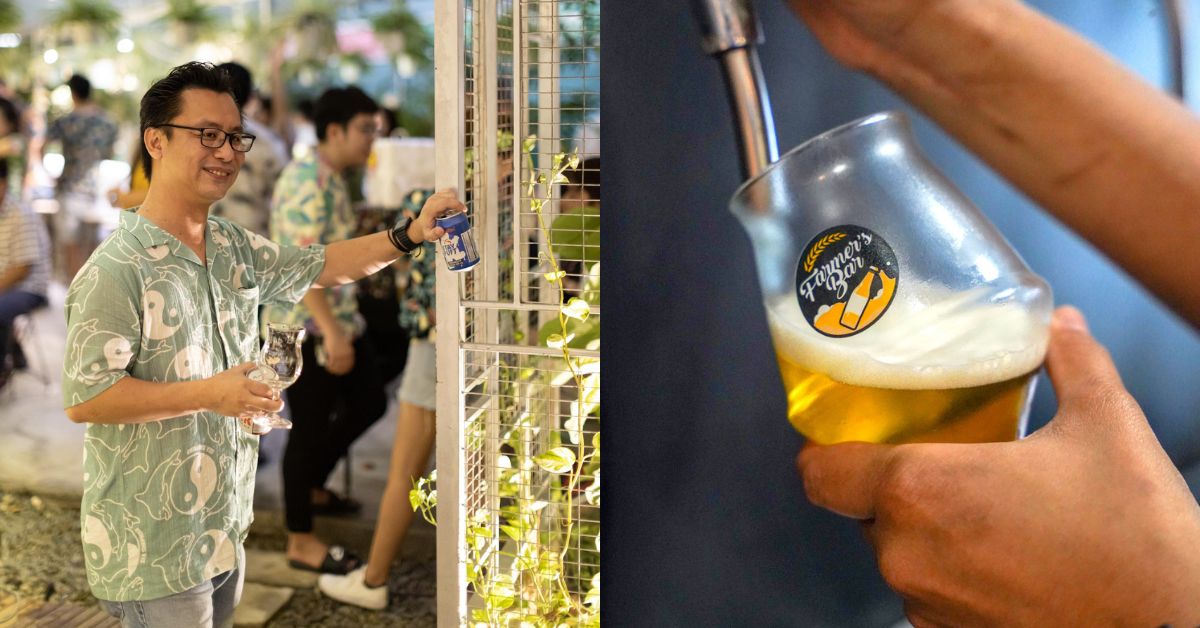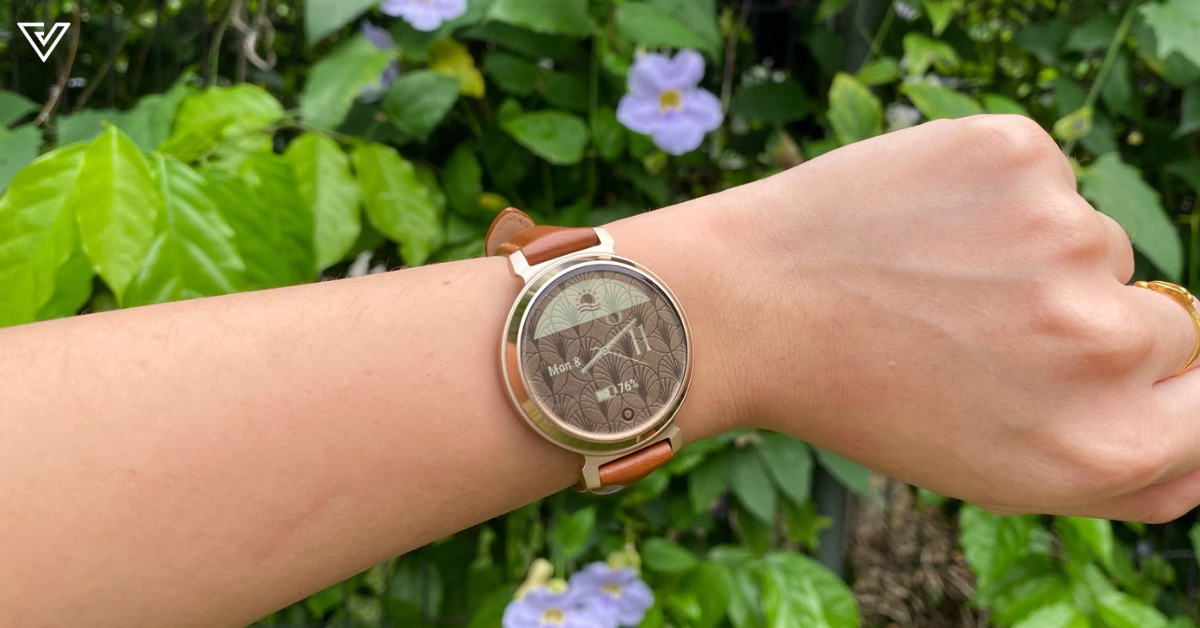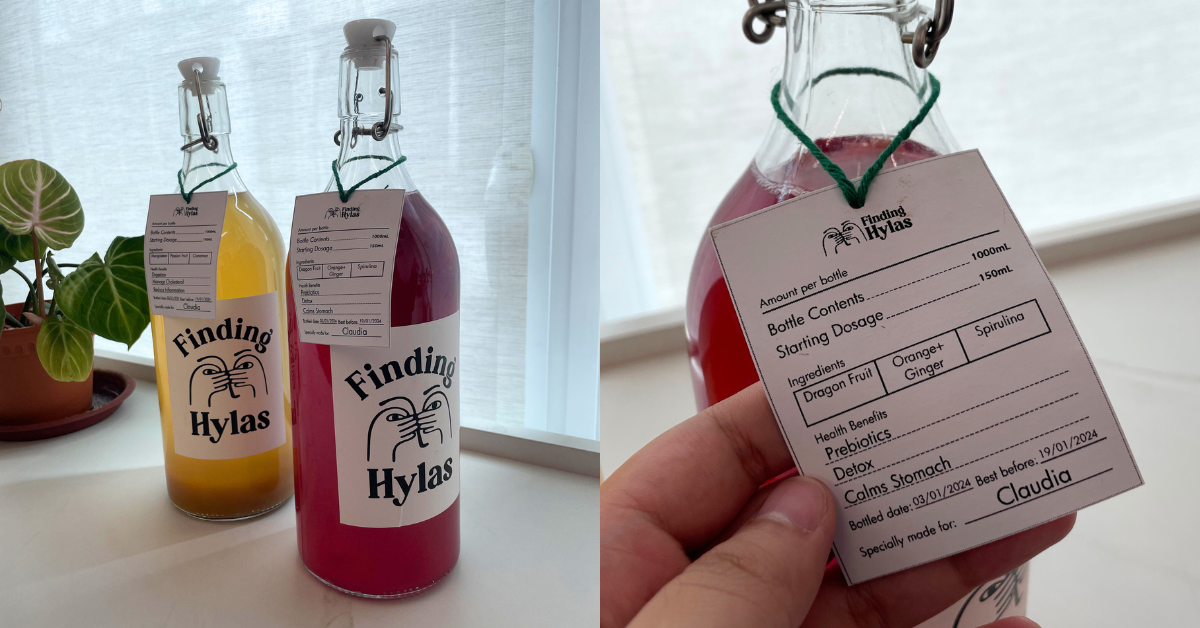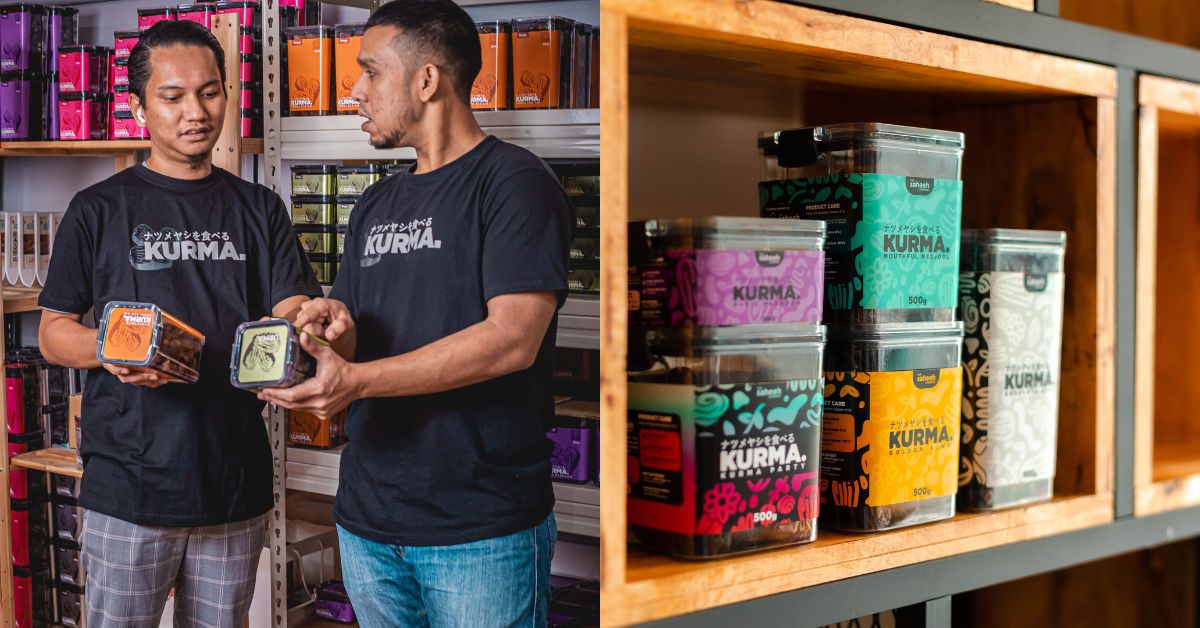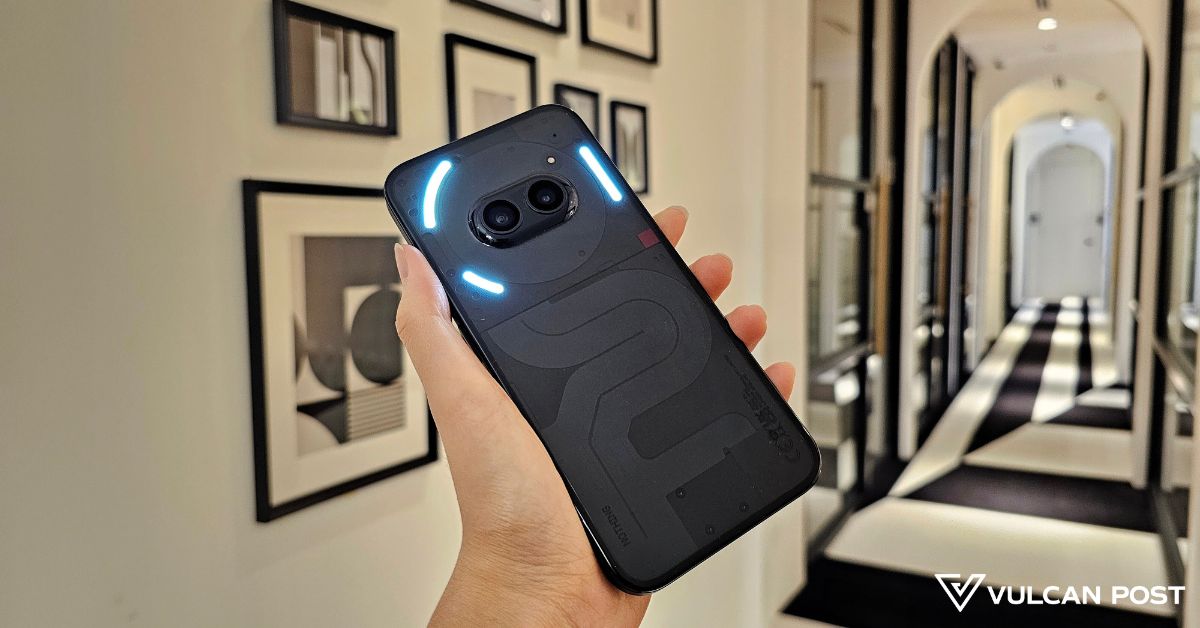Julie’s Biscuits was a large part of my schooling years. I’d always keep a small pack of her Peanut Butter Sandwiches in my bag, just in case I needed to sneak a bite during class.
Now, the Sugar Crackers are my go-to an accompaniment to my morning coffee, or as a snack break at work.
Recently, Julie’s has gone through an RM3 million global makeover to capture the hearts of a younger target market.
Director Tzy Horng Sai (Sai) in his statement on Marketing Interactive, said it was necessary, as biscuits have fallen out of popularity with the younger crowd.
This isn’t the first time Julie’s has rebranded. In fact, 35 years ago, she began life as Perfect Food Industries (PFI).
She Was Born In Melaka
Julie’s was born in Alor Gajah, Melaka. Set up by Su Chin Hock, the sole founder opened up his first Perfect Food factory in 1981 with just 200 workers.
Originally an accountant, Su was always a visionary. Before settling down with an R&D team to bake biscuits, he’d also had a hand in the construction industry.
Upon baking the first few batches of biscuits, Su knew that he would bring PFI to the global market.
But no one was going to remember its name. The domestic market was also full of Chinese biscuit brands with long names. He needed something more easily memorable.
“So out of nowhere, he came up with Julie. It was easy to remember and was a common name,” said director Martin Ang in an interview with The Star. And so in 1985, the brand was officially established as Julie’s.
Higher Costs For Better Quality
Since its inception, quality and grit were prioritised throughout the brand. For example, the cream wedged inside each Peanut Butter Sandwich is sourced from a US brand, one that’s more expensive than those used by competitors.
Su even refused to use artificial colourings in Julie’s Strawberry Love Letters after becoming aware of its side effects in making children hyperactive, even if that would have lowered production costs.
But using pricier ingredients meant selling them at higher prices too. Distributors were doubtful.
The biscuits were sold at RM5, a steep price compared to the average RM2.50-RM3.50 from other sellers in the mid-1980s.
Despite the higher price points, customers were still buying the individually hand-smeared peanut butter cookies and less vibrant looking strawberry wafer sticks.
That gave Su the confidence to only ever use the best ingredients, ones he himself would eat too.
Since then, Julie’s has still been using the same ingredients from 1985, with no plans on using cheaper or lower grade substitutes.

In 2015, Martin estimated that Julie’s had a 16% share of the local biscuit market where 25% of their sales came from their bestsellers, the Peanut Butter Sandwiches and Love Letters.
The brand’s commitment to quality put them on the radar when going global.
In 2014, Hershey’s had been looking for a business partner in Asia. This was their first collaboration outside the US and Julie’s was handpicked for the collaboration.

The Americans were impressed with Julie’s small factory, coupled with the establishment of their products overseas.
“That, as well as learning about our quality and taste, has led to this collaboration,” added Martin in a The Borneo Post interview.
This led the two to launch six variants of Julie’s Hershey’s cookies which were sold in all 10 ASEAN countries along with Taiwan and Mongolia.
Never Sell Them Half Baked
Priding herself on quality, Julie’s was not going to be pressured by other manufacturers into selling half baked (pardon the pun) biscuits.
Therefore, the brand would only release 2-3 stock keeping units (SKUs) a year, making sure they’re adequately developed and refined for at least 2 years before being stocked on shelves.
These products are even taste-tested by Su himself and will not reach the market without his approval.
Though other biscuit manufacturers were launching more products, Julie’s wasn’t tempted to expand their product range too quickly.
To date, the little blonde girl in pigtails sits on shelves in over 18,000 outlets across Malaysia alone and has made a name for herself in 80 countries.
But it didn’t come without some dark times.
Contaminated Cookies
In October 2008, Julie’s was hit with its biggest crisis when the biscuits were found to be contaminated with melamine-tainted ammonium bicarbonate from 3 factories in China.
Ammonium bicarbonate is a leavening agent used in baked goods, and the contamination crashed Julie’s sales for the next 2-3 years.
Stocks were recalled and destroyed while orders were withdrawn both locally and internationally.
Julie’s reputation suffered. Customers lost faith in the products. This resulted in a loss of approximately RM14 million from the disaster.

However, they managed to bounce back from the incident with the help of The Malaysia External Trade Development Corp (Matrade) and the Ministry of Health.
But the brand still needed to regain the trust from retailers and customers. So in 2010-2012, they opened their doors and invited international and local distributors and retailers to visit their plants in Melaka to witness the manufacturing process.
And their efforts worked. The sellers were surprised by the cleanliness and stringent quality checks implemented inside the production process.
In 2014, Julie’s managed to bring in RM280 million sales and was on track to achieve its targeted RM500 million this year.
Things Are Looking Up
Julie’s new rebranding has presented a monumental task for the team.
Because of their many SKUs, stakeholders, and international markets, the process of converting all assets will be a rigorous one.
Much like their approach with the quality of their products, the rebrand of its corporate identity took the team about 1.5 years to complete since starting in mid-2018.
The designs even went through consumer focus groups to see if it would resonate with their target audience.
“It was a very comprehensive process, we didn’t rush it because we wanted to make sure this worked for everyone,” said Sai to Marketing Interactive.
The rebrand will be rolled out in Malaysia and Singapore first and will enter the export markets early next year.
- You can find out more about the Julie’s Biscuits here.
- You can read about other Malaysian startups here.
Featured Image Credit: Su Chin Hock, founder of Julie’s

